
Five classic sci-fi stories about tidally locked planets
Few phrases are as evocative as “tidal locking,” also known as 1:1 spin-orbit resonance. Simply put, this situation occurs when a celestial body takes the same amount of time to rotate around its axis as it does to orbit around its parent body. As a result, one side always faces the parent body, while the other side always faces away from it. The closest example of this phenomenon is our Moon, which we are all too familiar with on the Earth side, while the backside remained unseen by humans until the advent of space probes.
Many authors have been fascinated by the phenomenon of tidal locking, which can set up some great plots. Here are five classic examples:
Parasitic Planet (1935) by Stanley G. Weinbaum
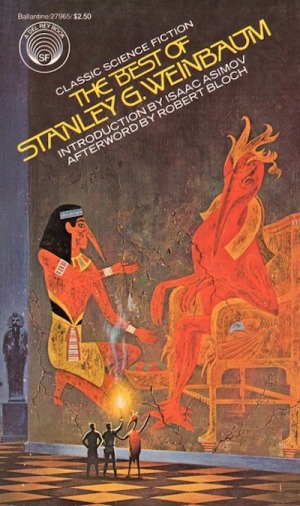
While the very center of the tidally locked sunlit side of Venus is dry and lifeless, conditions in hot places near Venus’ twilight zone are more favorable for life. In fact, the region is teeming with such a flourishing species that it would be difficult for a visitor from the relatively cold, sparse Earth to avoid being eaten by one or another of Venus’ voracious life forms, be they animals, plants, or fungi.
Cautious humans stay away from Venus, but desperate people like Hamilton “Ham” Hammond are drawn to seek fortune there. In Patricia Burlingame’s view, Hamm was nothing more than a trespassing poacher. So what an inconvenience that this situation forces the two to cooperate in order to survive. Of course, once the perilous journey is over, the future Hammonds go their separate ways and never speak again.
Because of the difficulty of measuring the period of Venus’ rotation, science fiction writers can make various estimates of the length of a Venusian day. As far as I know, no one thinks that Venus’ stellar rotation will take 243 Earth days, which is longer than Venus’ 224.7 Earth day solar year. Venus’ synodic rotation period of 117 Earth days would be a fascinating detail in a story set on Venus. The hostility of life on Earth to life on Venus would not be much more serious than Weinbaum imagined, if conditions allowed.
Brightside Crossing by Alan E. Nourse (1956)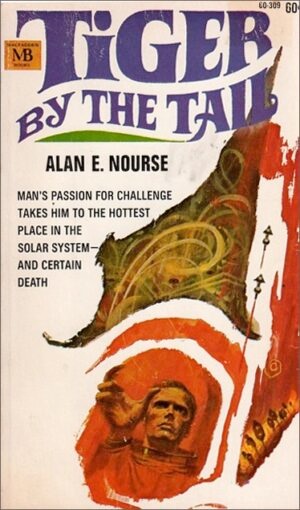
The bright side of Mercury is a sun-baked desolation where lead flows like water. The bright side of Mercury’s perihelion is even hotter when Mercury is closest to the Sun. Naturally, those intrepid explorers who left dead bodies on Mount Everest would find Brightside irresistible. The fact that no one has successfully crossed Brightside at perihelion only makes the prospect more alluring.
Peter Kleinney’s expedition fails like the others. Unlike other explorers who challenged Mingbian, however, Klenny survives the attempt. Realizing that James Barron is planning his own foray into Brightside, Klenny sets out to find Barron. Kleinney hopes the story of his failed journey will stop Barron and save a life, as if someone had tried something similar with Kleinney himself.
Mercury was thought to have a 1:1 spin-orbit resonance until 1965 when radar observations showed that Mercury spins three times for every two times it orbits the Sun. This 3:2 spin-orbit resonance is pretty cool and instantly makes many old sci-fi stories obsolete, like this one.
Greenhouse by Brian Aldiss (1962)
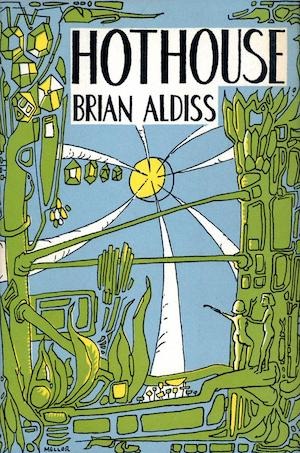
The Earth has been slowing down for eons until one side is locked to the Sun. On this face, life flourishes, though not human life. Unable to adapt to the vibrant and terrifying life that now dominates the planet, humanity has been reduced to a handful of delicious survivors in perpetual danger. Human extinction must only be a matter of time.
A devastating crisis forces the elders to divide the tribe: the children will find their own way, free from the burdens of the elders. The ancients will “go up,” seeking out the ultimate fate of those who lived too long. Humans can be forgiven for thinking that “up” is just a fancy way of saying “walk away and be politely eaten out of sight.” The truth is even stranger.
Not only is Earth tidally locked to the Sun, but the Moon has also receded to the Lagrangian point where its position relative to Earth is so fixed that a vast network of vines connects the world. Scientific plausibility may not have been Aldiss’ primary goal.
Day by Night (1980) by Tanis Lee
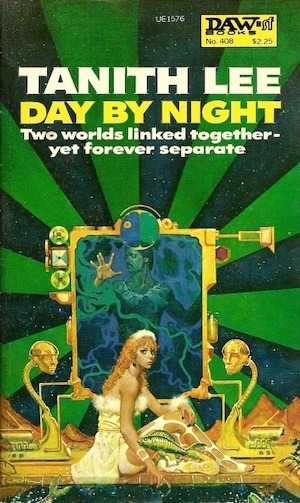
The world of Vitro has a dry hemisphere facing the sun and a frozen hemisphere facing away from the sun. Why anyone would want to colonize the world is unclear. Still, someone has to have it because Vitro and her people live in the fragile artificial habitat of the Nightside.
The knowledge needed to restore the habitat is lost, as is the history of the planet. When the nobleman’s “mansion” crumbles, the inhabitants must turn to fellow noblemen for humiliating charitableworks or, worse, accept relegation to the slums. Realizing that her home is dying, Vitro chooses a third option: frame the rival nobleman Casrus and seize his house. Too bad for Vitro, who has cunning plans but lacks certain vital information about her world.
Lee wisely sets her story on an unknown exoplanet, far away from the spy instruments of the story-ruining astronomers. So, unlike some old stories I can tell, science hasn’t made this one obsolete.
Forty Billion Stars by Paul J. McAuley (1988)
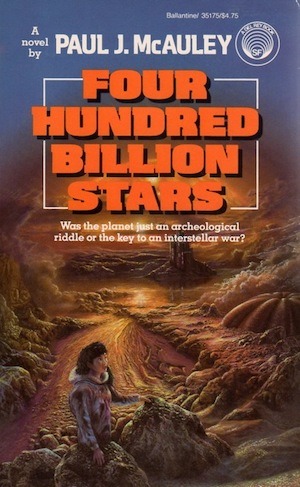
Eight light-years from the war between humans and alien enemies, a habitable world orbiting an unassuming red dwarf star presents a mystery. Simple math deduces that the tidal forces acting on a terrestrial world would lock it to the sun in the same way the moon locks to Earth. Observations show that this is not the case. A million years ago, someone or something increased the Earth’s rotation and introduced the ecosystem.
Being close to an enemy is suggestive. Is the enemy the same creature that brought life to this once tidally locked world? Telepath Dorothy Yoshida is sent across the world to find answers. Unraveling the secret history of the galaxy will be an adventure, and many of Dorothy’s companions will never return.
Dorothy was on my list of people I would never go camping with.
Current models suggest that even a temperate atmosphere would be sufficient to allow heat transport, preventing all volatiles from freezing at night. I don’t think that was clear when the novel was written.


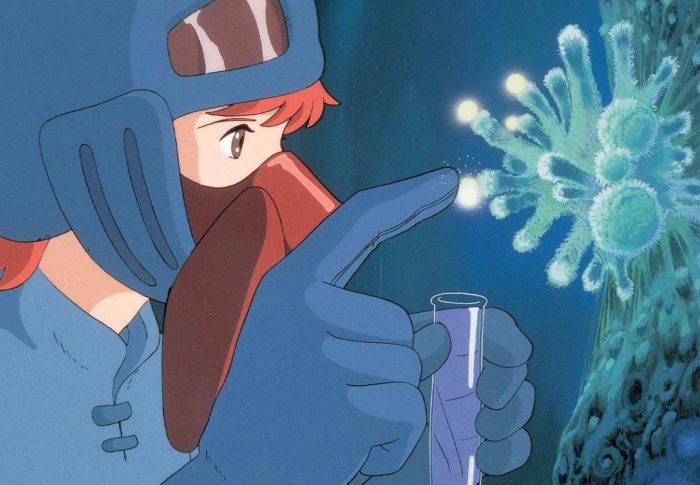

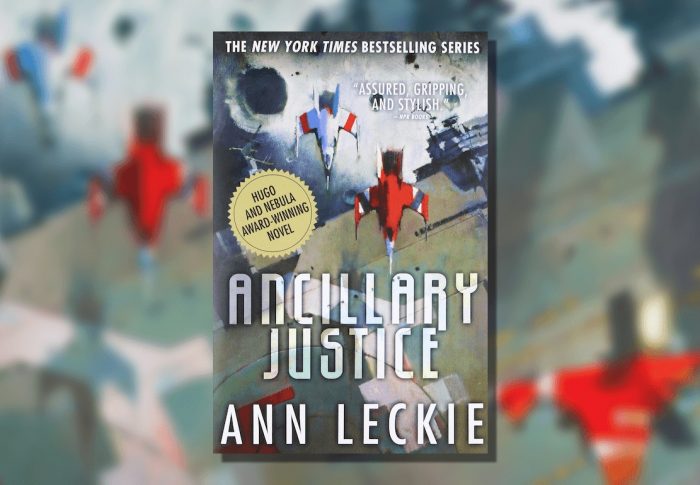

Tagged Advice and Consent, Double Star, embarrassing secrets, House of Cards, political thriller